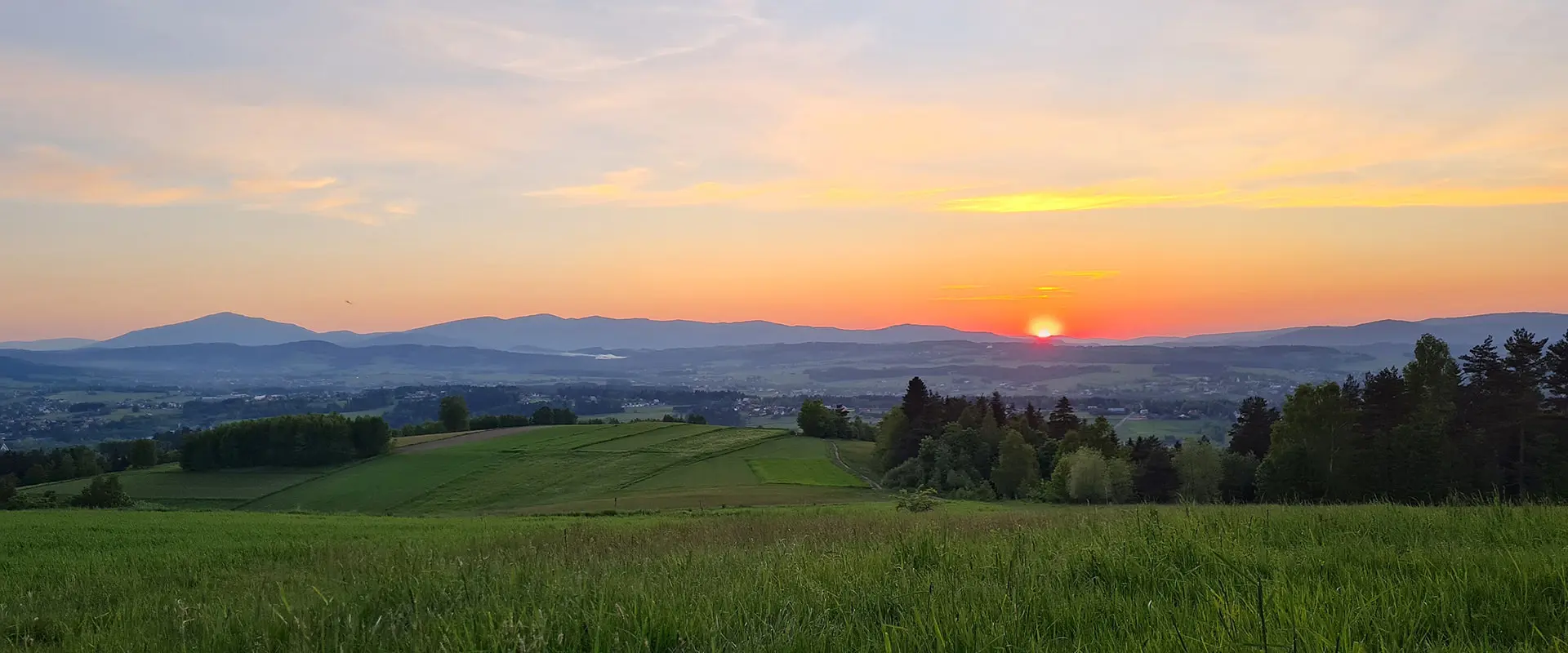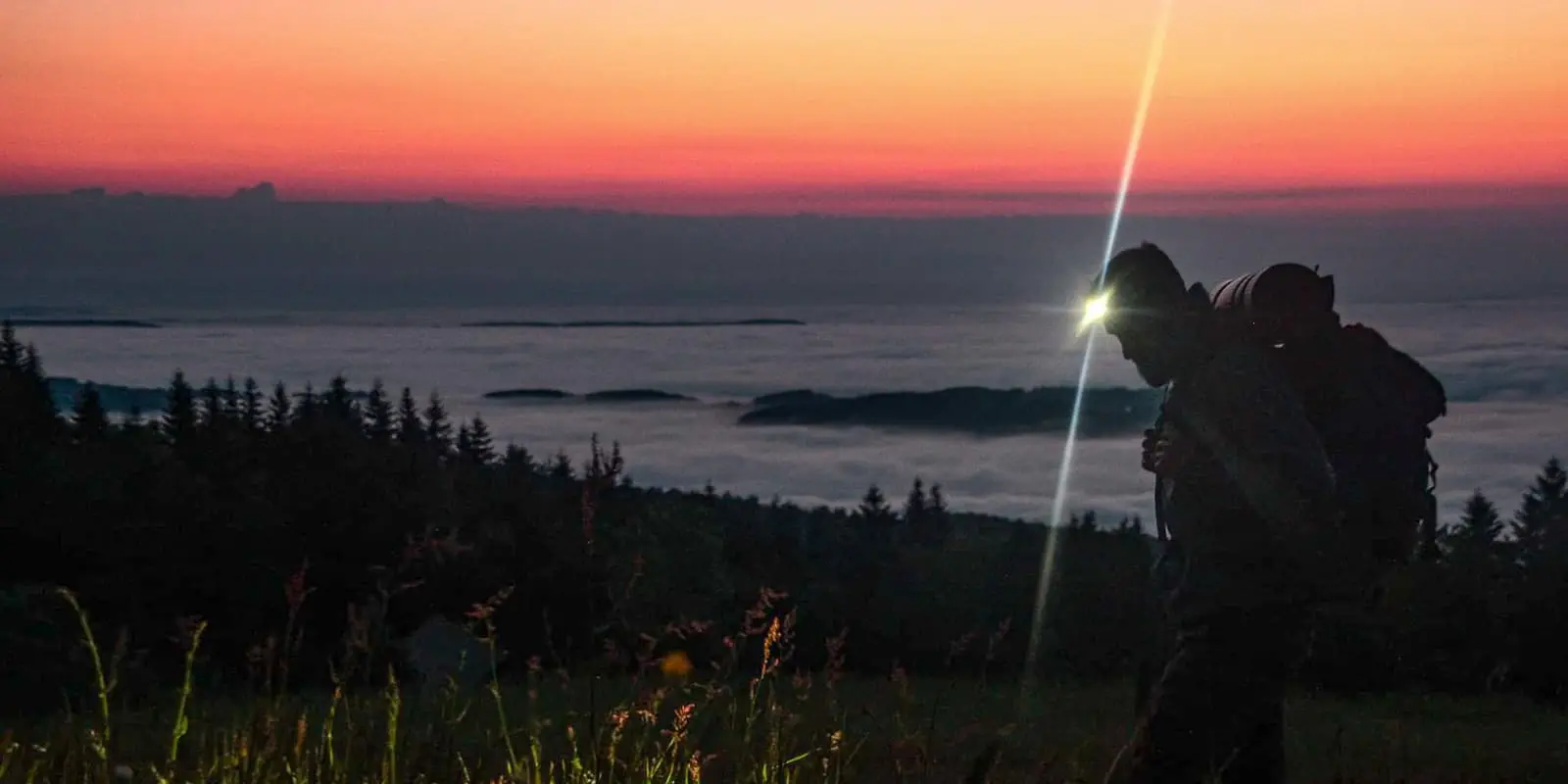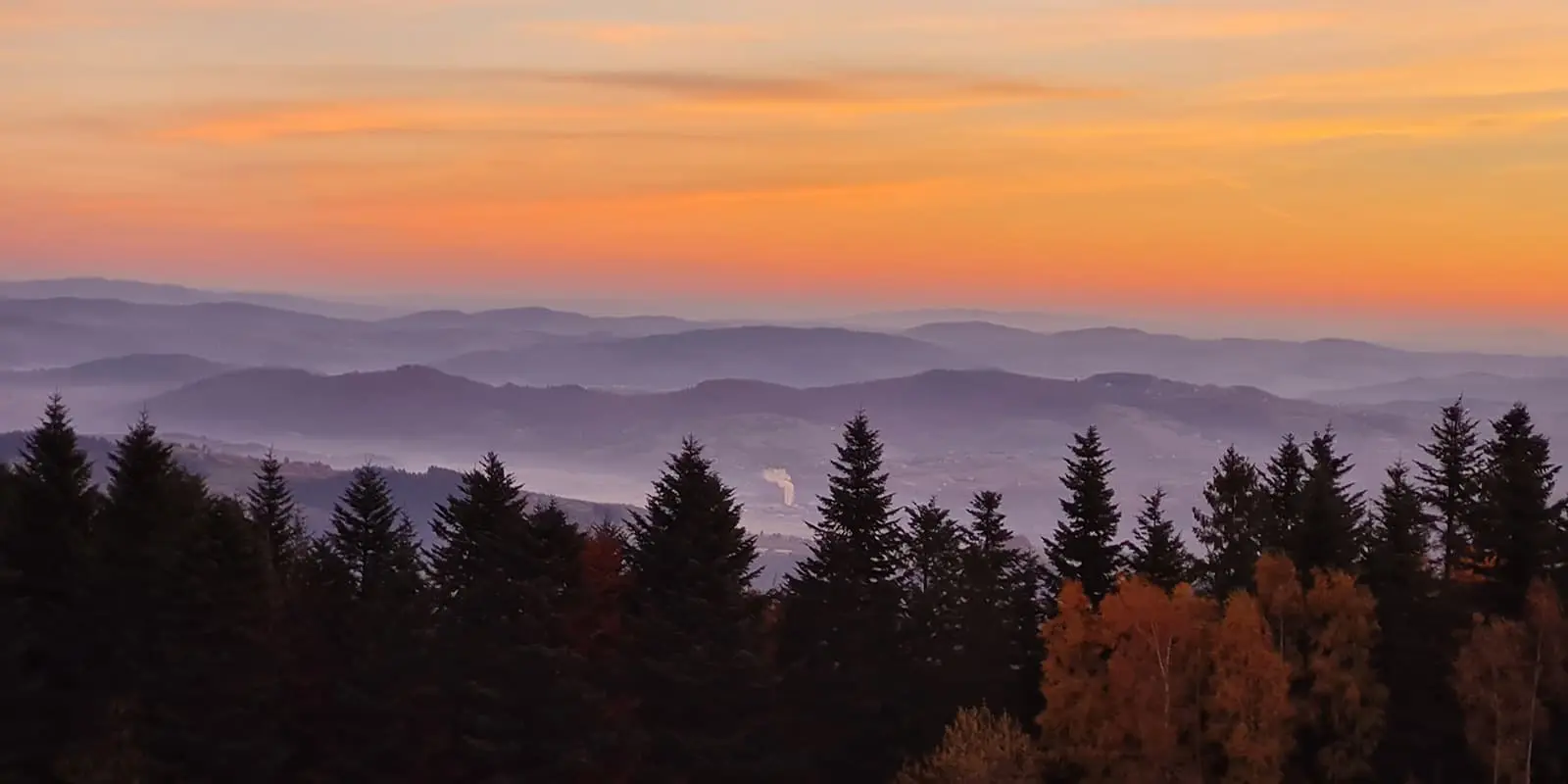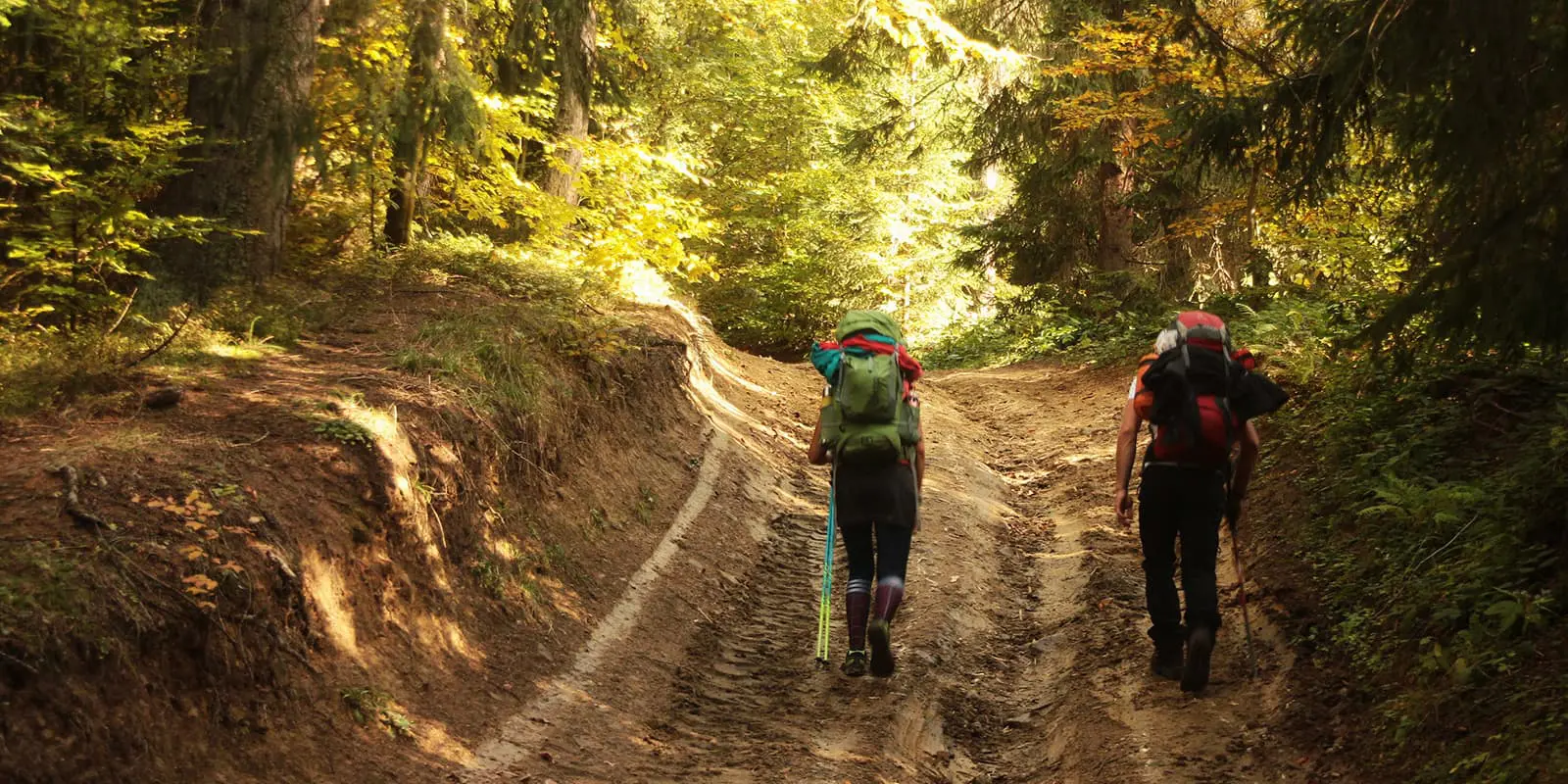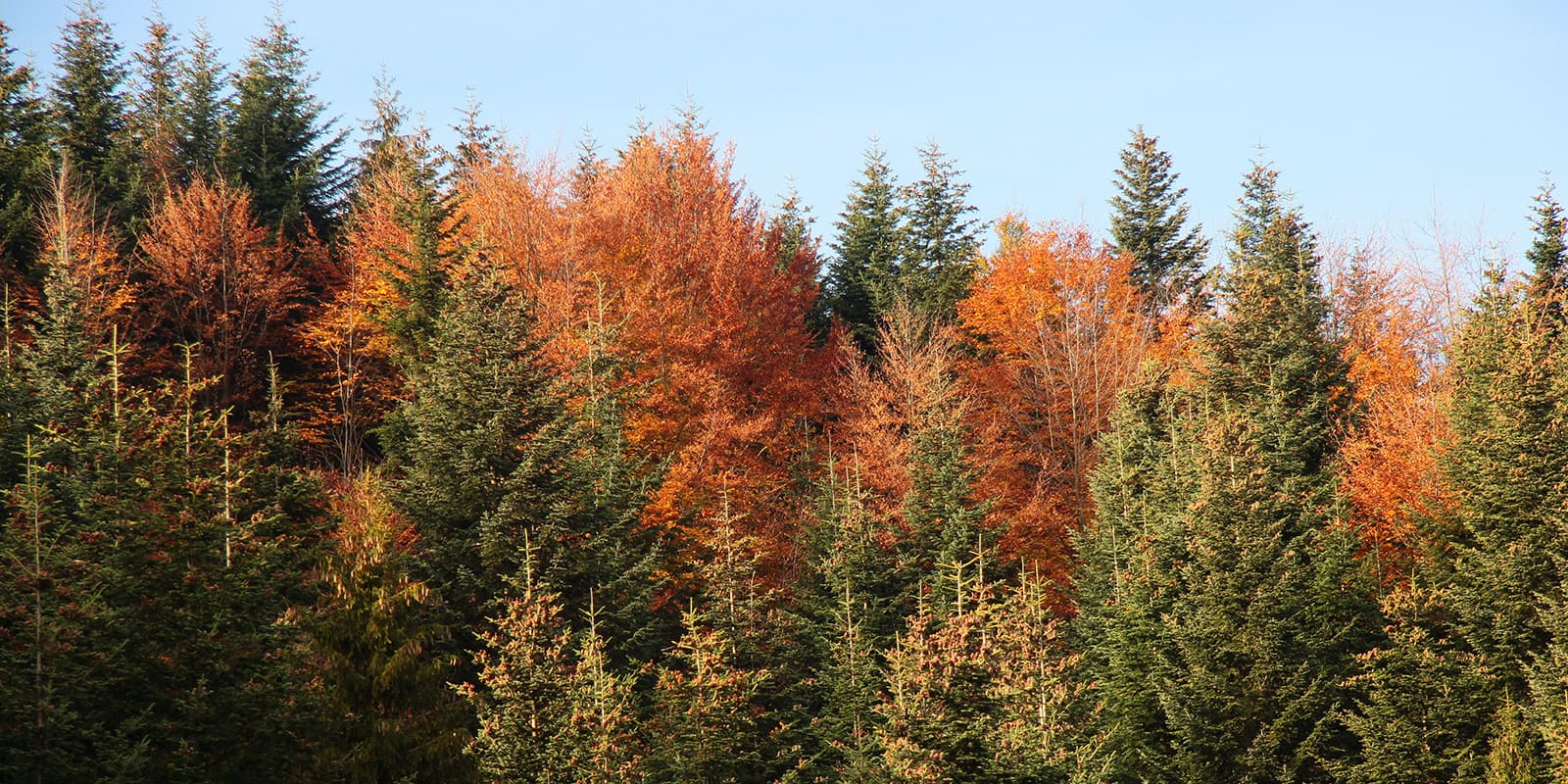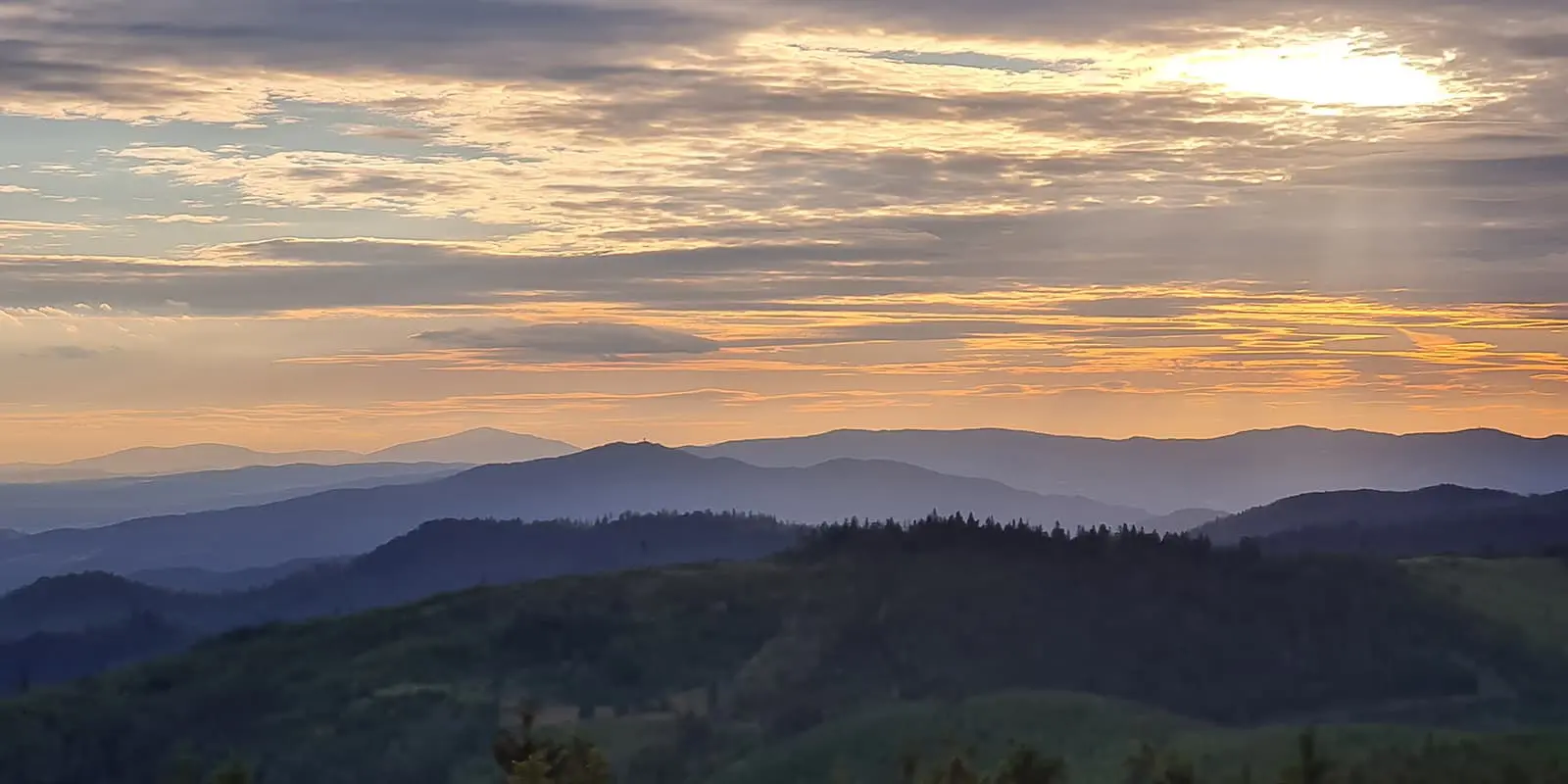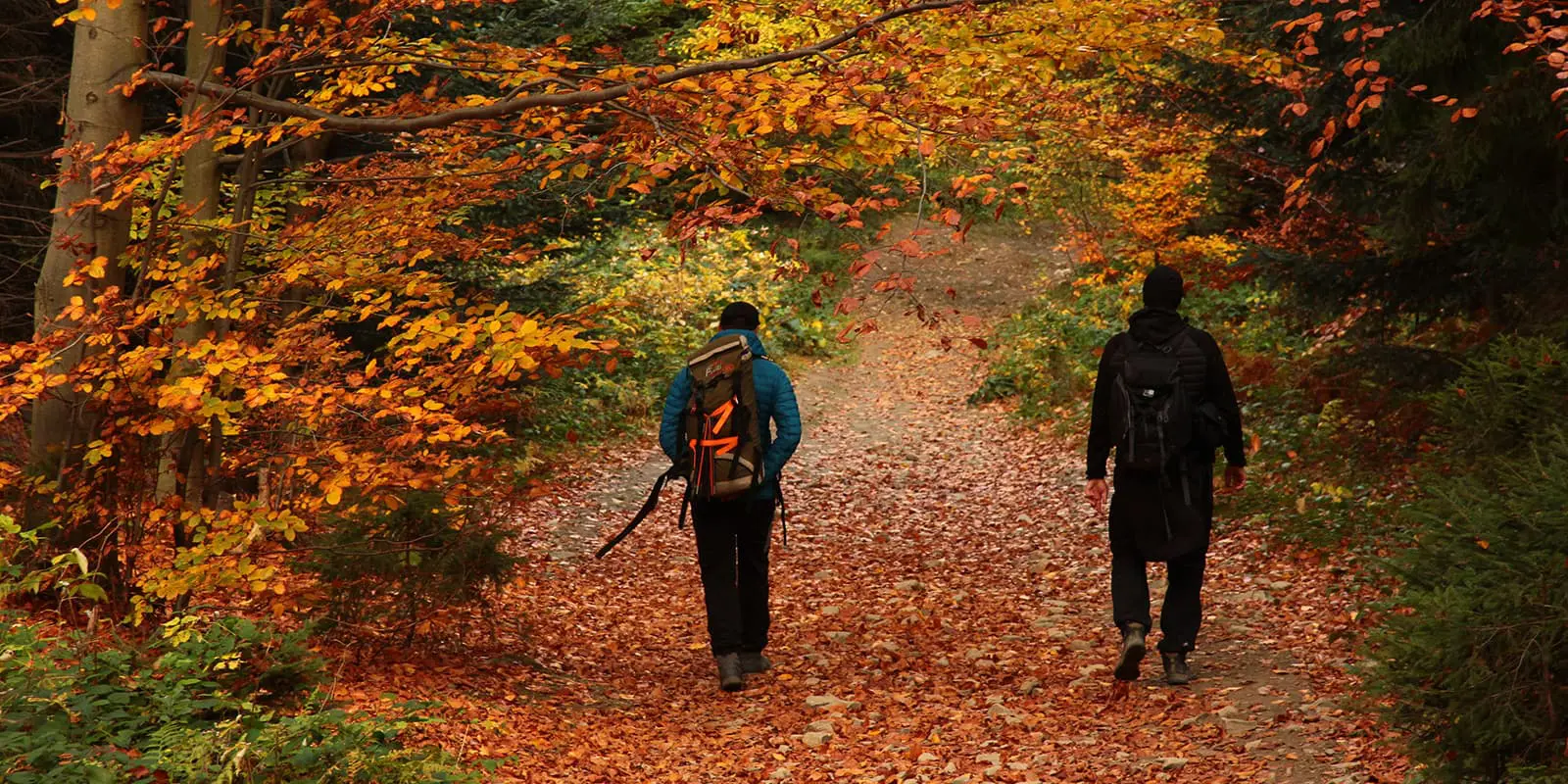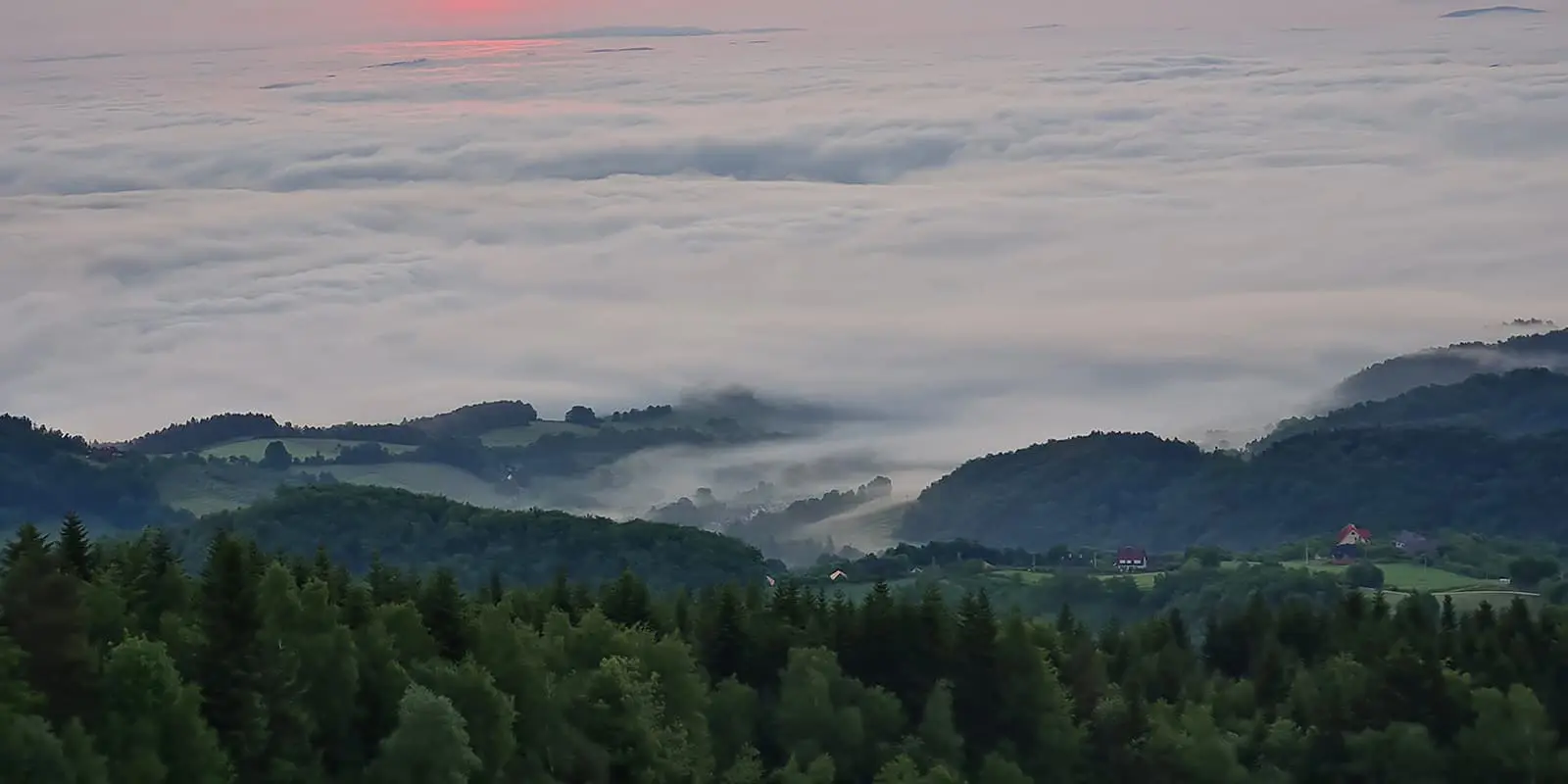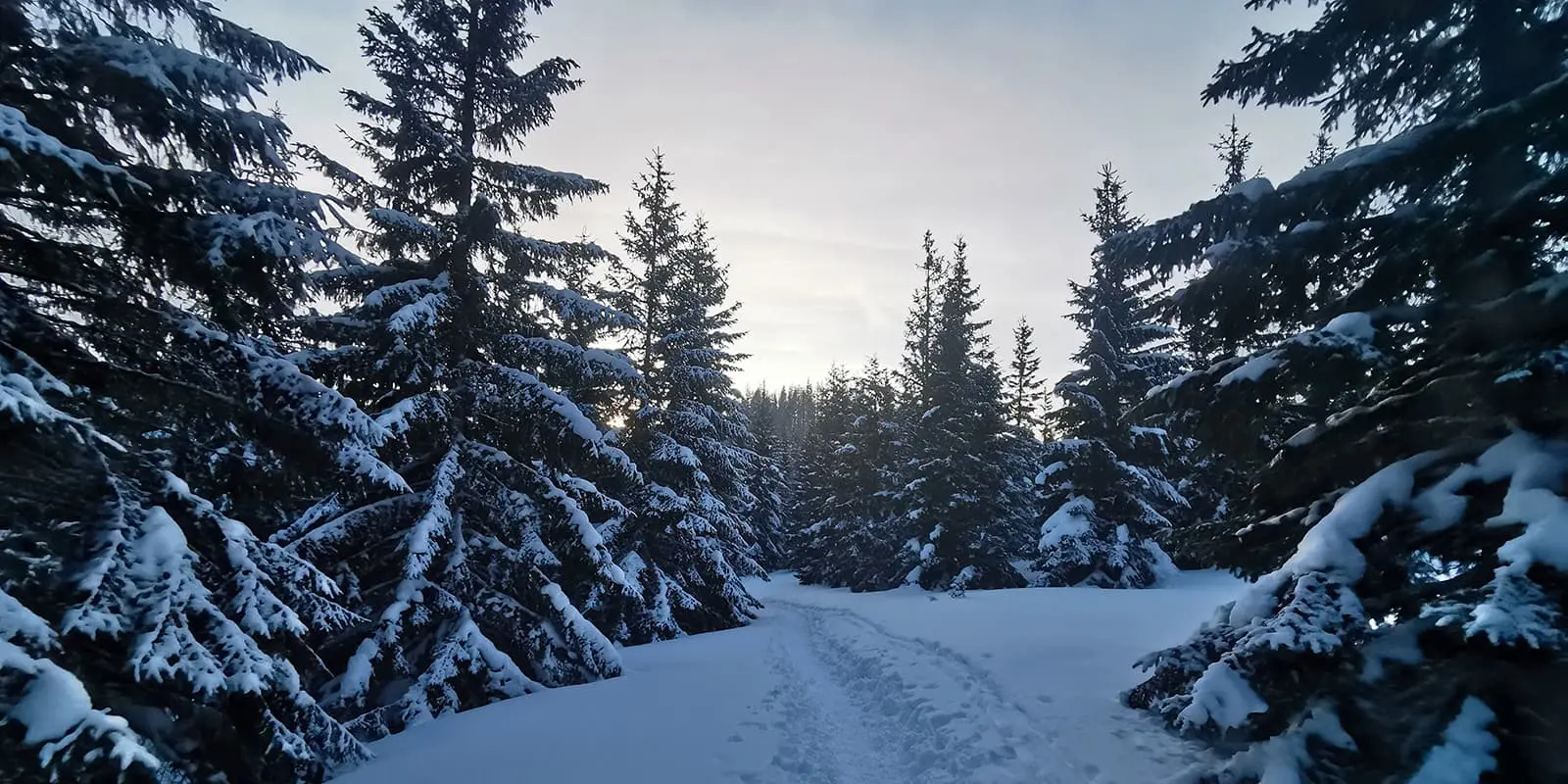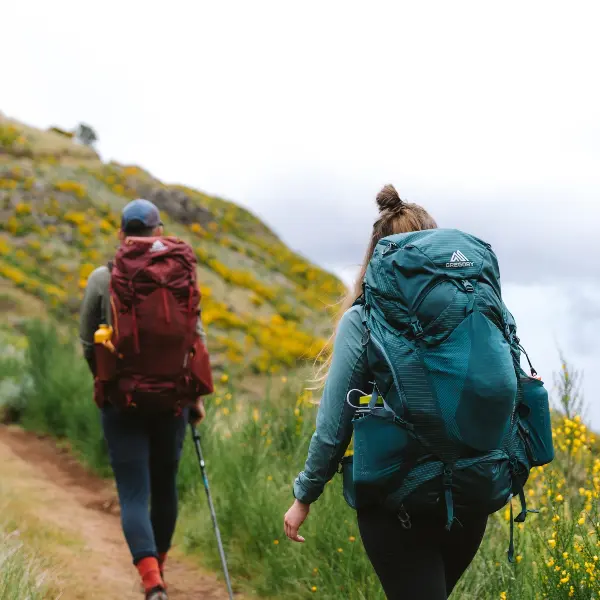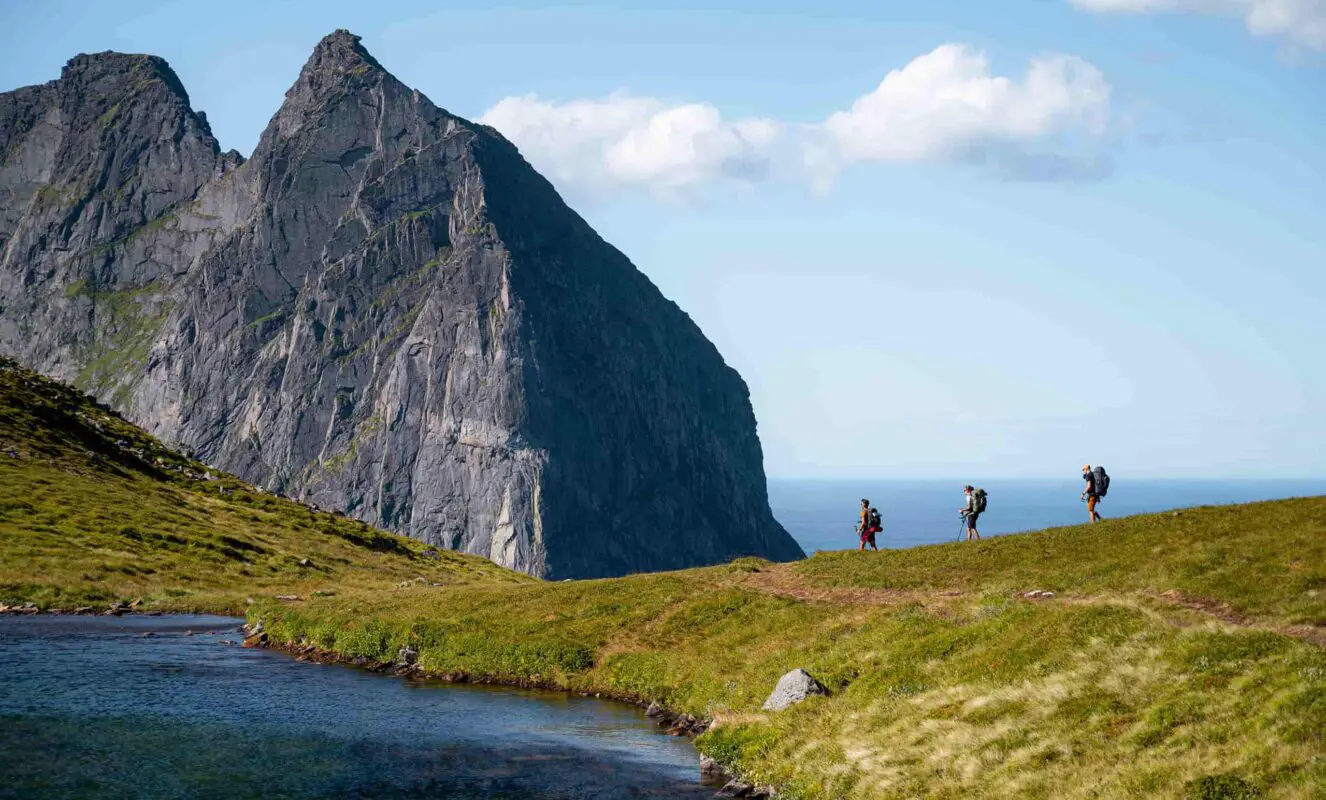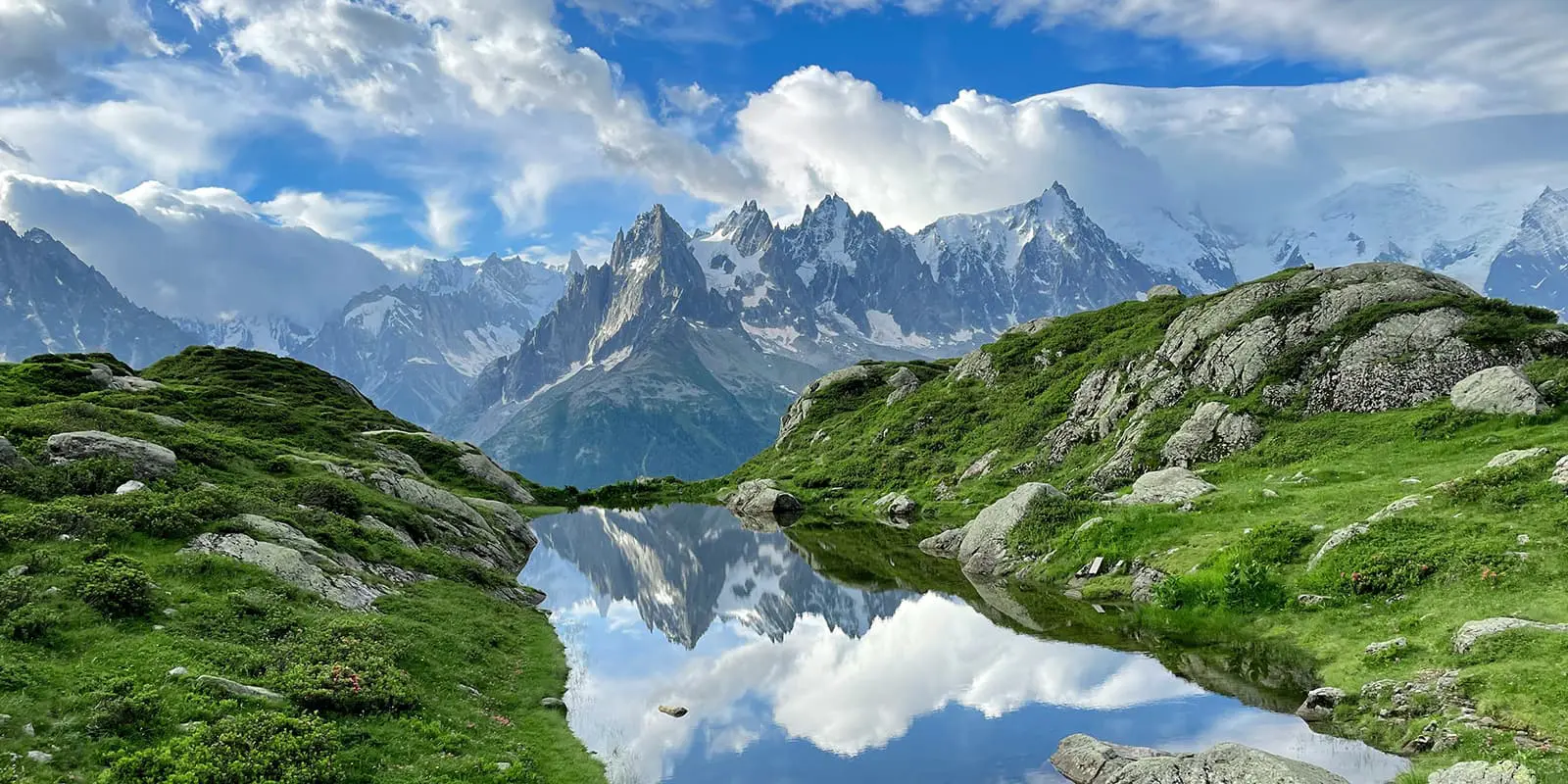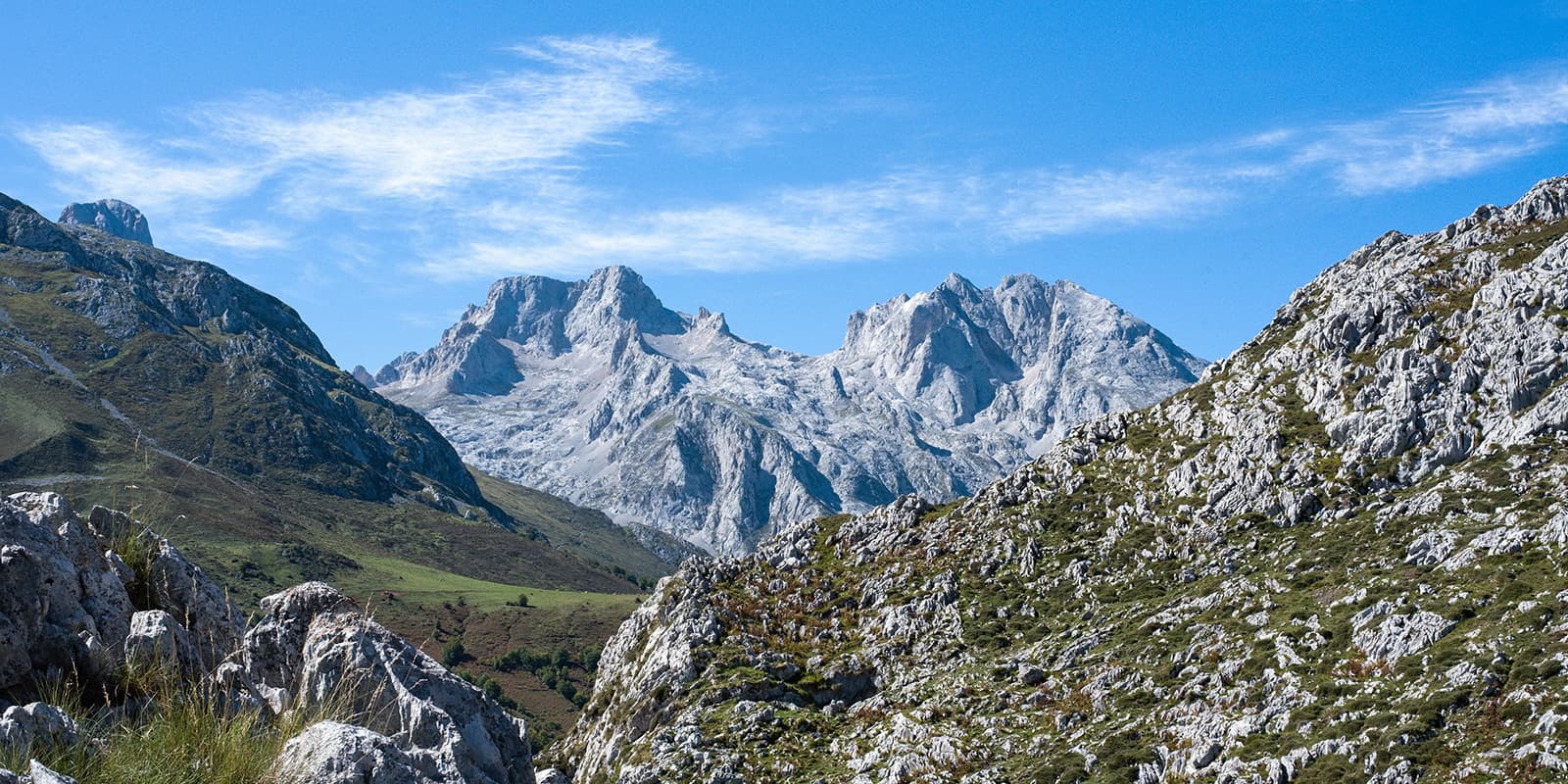On Sundays, shops in Poland are usually closed, only small, private shops may be open, but not always, and the opening hours are not set. Usually, on Sundays, the open ones are open for shorter hours than usual as well.
You’ll find most of the shops on the trail in Krzeszów, Mszana Dolna, and Myślenice, and you will also find cafes and restaurants there. Luboń Wielki is a peak – the difference in height between it and the tourist spa town of Rabka-Zdrój is 600m (1969ft). In this town, you will also find many shops, lodgings and restaurants.
There is access to water along the trail, so you don’t have to worry about it. There are springs and streams on the trail, but there is a possibility that some of them may dry up or become contaminated. Here is a link to an application that marks the springs on the trail.
You can stock up on food and water daily—at stores, shelters, or restaurants. There aren’t many of them, but they are there.
It is worth trying traditional Polish cuisine and snacks. The most famous in the Polish mountains is oscypek, a local smoked cheese made of sheep and cow’s milk. You can buy it in shepherd’s huts, at street markets, and roadside stalls.
Variations:
- Total ascents direction Bielsko-Biała > Luboń Wielki is 6000m (19685 ft)
- Total ascents direction Luboń Wielki > Bielko-Biała is 5400m (17716 ft)
Note that Luboń Wielki is a mountain peak – not a town. To get to the top, you have to overcome an elevation of 600m (1969ft) from the town of Rabka-Zdrój. The difference in altitude is therefore apparent.



